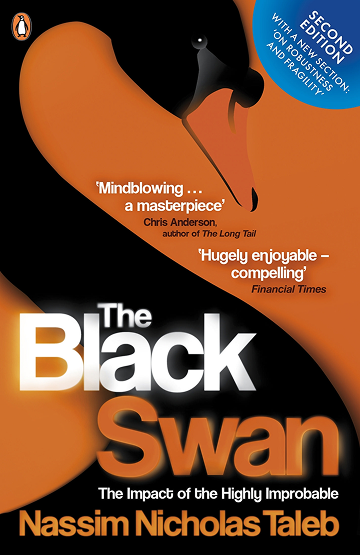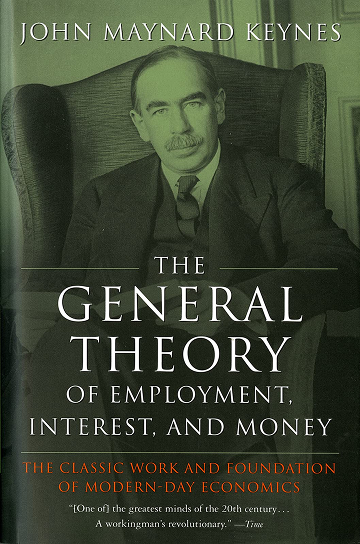Leonard Lauder Net Worth, Biography and Key Insights



Leonard Lauder’s Profile Summary
|
Company
|
The Estée Lauder Companies Inc. |
|---|---|
|
Position
|
Former Chief Executive Officer (CEO); currently Chairman Emeritus |
|
Source of wealth
|
Estée Lauder Companies |
|
Also known as
|
Leonard Lauder |
|
Age
|
92 |
|
Education
|
Wharton School, University of Pennsylvania; Columbia University |
|
Citizenship
|
USA |
|
Residence
|
New York, New York, USA |
|
Family
|
Married with two sons |
|
Website, Social Media
|
https://www.elcompanies.com |
Leonard Lauder’s biography
Leonard Alan Lauder, born on March 19, 1933, in New York City, is an American billionaire businessman, philanthropist, and art collector. He is the elder son of Estée and Joseph Lauder, who co-founded The Estée Lauder Companies Inc., a global leader in the cosmetics industry. Leonard joined the family business in 1958 after serving in the U.S. Navy and completing his education at the Wharton School of the University of Pennsylvania and Columbia Business School.Leonard’s contributions were instrumental in transforming Estée Lauder from a family-run business into a global beauty empire. He played a key role in expanding the company's product lines and market reach, spearheading the acquisitions of major brands like MAC Cosmetics, Bobbi Brown, Aveda, and La Mer. His visionary leadership led to Estée Lauder's initial public offering in 1995, making it a publicly traded company on the New York Stock Exchange.
Beyond his business ventures, Leonard is a prominent philanthropist, known for his extensive donations to art institutions. In 2013, he pledged his collection of Cubist art, valued at over $1 billion, to the Metropolitan Museum of Art. Leonard continues to serve as Chairman Emeritus of The Estée Lauder Companies, offering strategic guidance to the firm. As of January 2025, his net worth is estimated at $15.6 billion.
-
How did Leonard Lauder make money?
Leonard Lauder made his fortune by expanding and transforming The Estée Lauder Companies Inc., which was founded by his parents in 1946. After joining the company in 1958, Leonard introduced several innovative strategies that helped the company grow from a small family-owned business into a global leader in the beauty industry.
One of his most impactful decisions was the acquisition of several prominent beauty brands, including MAC Cosmetics, Aveda, Bobbi Brown, La Mer, and Clinique. These acquisitions diversified Estée Lauder’s product offerings and strengthened its position in the luxury beauty market. Leonard also pushed the company to expand its international presence, tapping into emerging markets and increasing revenue.
In 1995, Leonard led the company's initial public offering (IPO) on the New York Stock Exchange, a pivotal move that significantly boosted the company's valuation and brought in substantial capital. Under his leadership, Estée Lauder’s annual revenues grew to over $17 billion, making it one of the largest and most influential beauty companies in the world.
Leonard's wealth is primarily tied to his ownership stake in Estée Lauder Companies, where he remains a major shareholder. His business strategy focused on brand diversification, innovation, and global expansion, which have been key drivers of the company's success. In addition to his business achievements, Leonard's philanthropic efforts and art donations have further solidified his legacy in both business and cultural circles. -
What is Leonard Lauder net worth?
As of 2025, Leonard Lauder’s net worth is estimated to be $9.7 B.
What is Leonard Lauder also known as?
Leonard Lauder is recognized as the Chairman Emeritus of The Estée Lauder Companies Inc., having previously served as CEO. He is also known for his extensive art collection and philanthropic endeavors.Prominent achievements of Leonard Lauder
Leonard Lauder led The Estée Lauder Companies through significant growth, including taking the company public in 1995 and acquiring major brands like MAC and Aveda. He donated a Cubist art collection valued at over $1 billion to the Metropolitan Museum of Art in 2013.What are Leonard Lauder’s key insights?
Leonard Lauder emphasizes innovation, strategic acquisitions, and brand diversification to drive growth. He believes in maintaining a family-oriented corporate culture while expanding the company's global presence. His leadership reflects a balance between tradition and modernization.
Leonard Lauder’s personal life
Leonard Lauder was married to Evelyn Hausner in July 1959, and they had two sons: William, who serves as Executive Chairman of The Estée Lauder Companies, and Gary, Managing Director of Lauder Partners LLC. After Evelyn's passing, Leonard married photographer Judy Ellis Glickman on January 1, 2015.
Useful insights
Understanding market forces
In my experience, to truly succeed as an investor, it’s essential to understand the driving forces behind market behavior. Market movements aren’t random—they’re influenced by a range of economic theories and dynamics. The following books provide valuable insights into these forces, offering a deeper understanding of how global financial markets operate and what shapes their trends.
-
Nassim Nicholas Taleb – "The Black Swan"

-
Summary:
Taleb explores the concept of rare, unpredictable events—so-called "Black Swans"—that can have massive impacts on markets and society. These events are often overlooked by traditional risk management models, leading to devastating consequences when they occur. Taleb illustrates how these unpredictable shocks shape our world, often more than gradual, expected changes.
-
Why read it:
This book challenges conventional thinking about risk and uncertainty, showing that many major historical and financial events were "Black Swans." It's a vital read for investors who want to build resilience in the face of market volatility.
-
-
John Maynard Keynes – "The General Theory of Employment, Interest, and Money"

-
Summary:
Keynes revolutionized economics by focusing on total demand within an economy and its effect on output and inflation. His theory suggested that government intervention could stabilize economic cycles through fiscal and monetary policy. The book also explains the consequences of under-consumption and the role of interest rates in managing economic stability.
-
Why read it:
For investors interested in macroeconomic trends and policy impacts, Keynes’ work is essential. Understanding the Keynesian framework can help investors predict how government actions might influence market performance.
-
Other profiles in category
Popular Financial Guides
Latest Financial News

South Africa unveils digital visas to attract film and events

South Africa invests R710 million to expand free Internet access































































































































